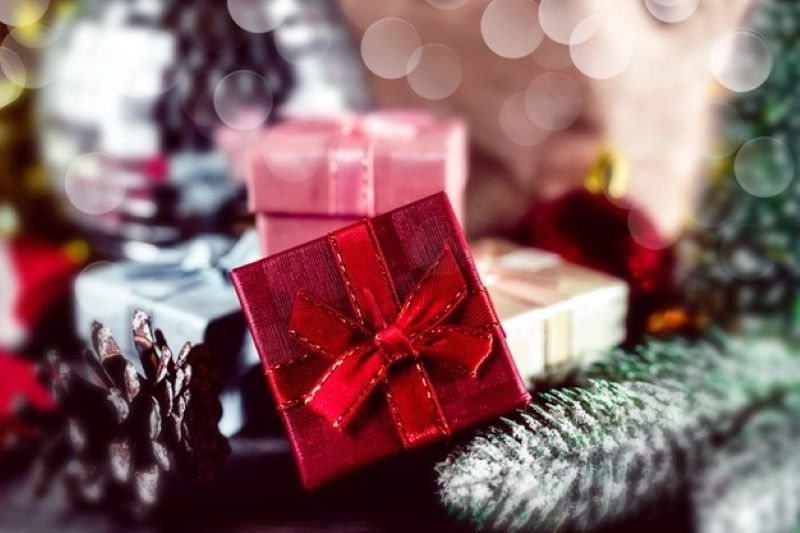There are tons of Christmas tree options out in the Yuletide market today. Here are some of the best artificial trees you should try this holiday.
Plastic trees
PVC plastic is the most used material for artificial Christmas trees. There is a difference between fire-retardant and fire-resistant PVC trees. In 2005, the United States imported artificial trees worth $69 million from China. The prelit tree is also increasingly popular in Germany and the United States, probably because the hassle of stringing lights is eliminated. Among the most popular types of lights today are incandescent lights (also called mini lights), as well as LED lights (where each bulb has an individual socket, protecting the entire string if one bulb burns out).
Feather Trees
Feather Christmas trees were originally popular in Germany and were also popular in the United States. Feathers were initially attached to wire branches and dyed green to make feather trees. A dowel was then used as a trunk, and the wire branches were wrapped around it. Christmas trees sold in department stores during the 1920s ranged in size from a small tree of only 5 centimeters (2 inches) to a large tree of 2.5 meters (98 inches). Tree branches were often decorated with artificial red berries that served as candleholders. To prevent flames from starting, the branches were widely spaced, allowing ample space for ornamentation. Furthermore, feather trees eliminate the need to visit a tree lot and don’t shed needles.
Aluminum Trees
First manufactured in Chicago in 1958, then primarily in Manitowoc, Wisconsin, aluminum trees were manufactured in the United States. Up until 1965, the popularity of aluminum trees peaked in the 1960s. The premiere of A Charlie Brown Christmas in 1965 was credited with causing a fall in aluminum tree sales the following year.
